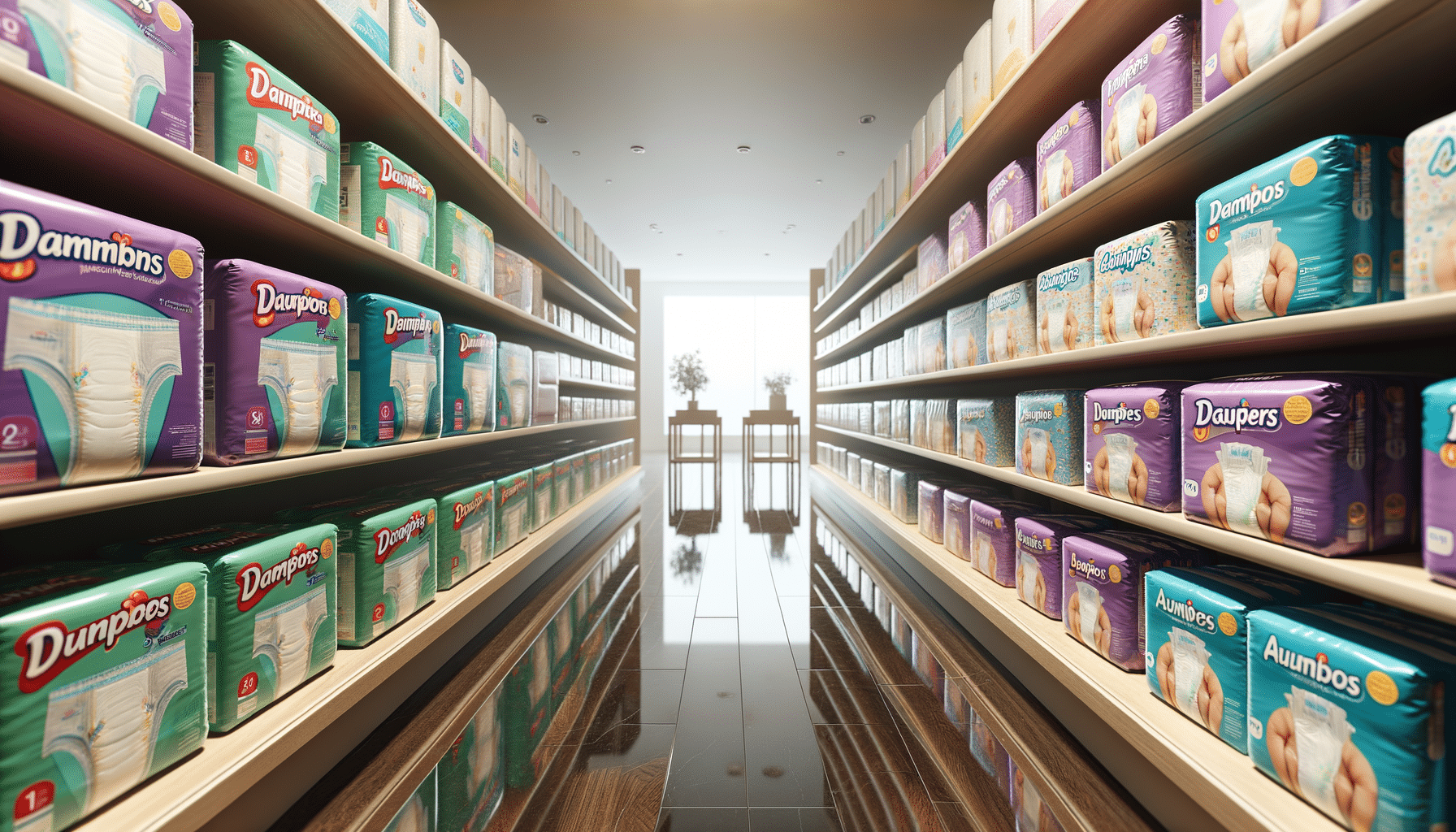
The Rise of Robotic Vacuum Cleaners: Pros and Cons
Robotic vacuum cleaners have swiftly moved from a futuristic concept to a household staple, revolutionizing the way we manage home cleanliness. As these autonomous devices gain traction, it’s crucial to weigh their benefits and drawbacks to understand their role in modern home automation.
The introduction of robotic vacuum cleaners has transformed home cleaning, offering a blend of convenience and efficiency that appeals to busy homeowners. According to a report by Statista, the global market for robotic vacuum cleaners is projected to reach over $4 billion by 2025, highlighting their growing popularity.
Pros of Robotic Vacuum Cleaners
- Convenience and Time-Saving: One of the standout benefits of robotic vacuums is their ability to clean autonomously, freeing up valuable time for homeowners. With programmable schedules, these devices can maintain a clean home with minimal human intervention.
- Advanced Technology: Many models come equipped with sensors and mapping technology, allowing them to navigate around obstacles and clean efficiently. Some even integrate with smart home systems, offering control through mobile apps or voice commands.
- Compact and Space-Saving: Designed to fit under most furniture, robotic vacuums can clean hard-to-reach areas that traditional vacuums might miss.
Cons of Robotic Vacuum Cleaners
- Initial Cost: While prices are becoming more competitive, robotic vacuums are still a significant investment compared to traditional models.
- Cleaning Limitations: Despite technological advances, robotic vacuums may struggle with thick carpets or large debris, often requiring a traditional vacuum for deep cleaning.
- Maintenance Needs: Regular emptying and occasional cleaning of sensors and brushes are necessary to maintain optimal performance.
| Feature | Robotic Vacuum | Traditional Vacuum |
|---|---|---|
| Autonomous Operation | Yes | No |
| Smart Home Integration | Yes | Limited |
| Cost | Higher | Lower |
| Cleaning Performance | Good for light cleaning | Excellent for deep cleaning |
| Maintenance | Regular | Less frequent |
| Noise Level | Lower | Higher |
| Size and Storage | Compact | Bulky |
| Navigation Technology | Advanced | Manual |
Expert Insights
Jane Smith, a home automation specialist, notes, “Robotic vacuum cleaners are becoming integral to smart homes due to their ability to seamlessly integrate with other devices, offering hands-free cleaning solutions.”
Personal Experience
Consider the experience of Alex, who incorporated a robotic vacuum into his daily routine. “I never realized how much time I spent vacuuming until I got a robotic vacuum. Now, I can focus on other tasks while it takes care of the floors,” he shares.
To maximize efficiency, schedule your robotic vacuum to clean when you’re not home, allowing it to work uninterrupted.
FAQs
How often should I run my robotic vacuum?
For optimal results, run your robotic vacuum daily or every other day, depending on foot traffic and floor type.
Can robotic vacuums replace traditional vacuums?
While robotic vacuums offer convenience, they may not fully replace traditional vacuums, especially for deep cleaning tasks.
Do robotic vacuums work on carpet and hardwood floors?
Yes, most robotic vacuums are designed to transition between different floor types with ease.
In conclusion, the rise of robotic vacuum cleaners marks a significant step in home automation, offering a blend of convenience and advanced technology. While they may not completely replace traditional vacuums, their ability to maintain a consistent level of cleanliness makes them a worthwhile addition to any modern household. As you consider incorporating one into your home, weigh the pros and cons to ensure it aligns with your cleaning needs and lifestyle.


